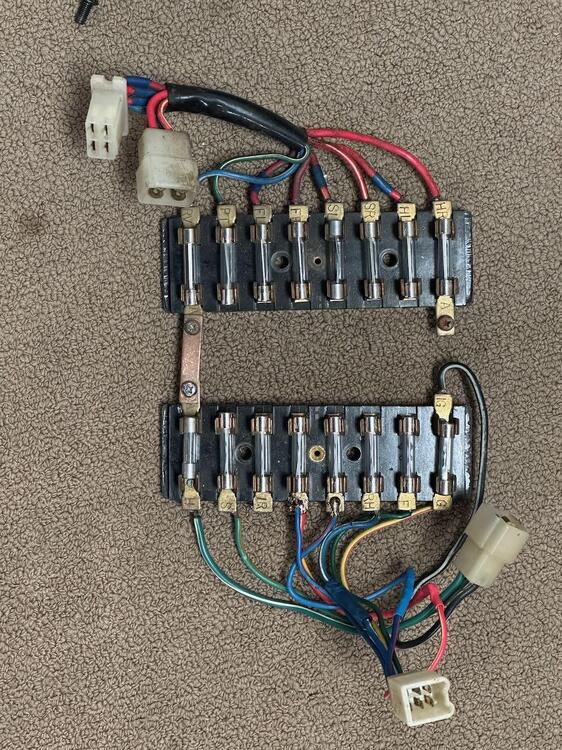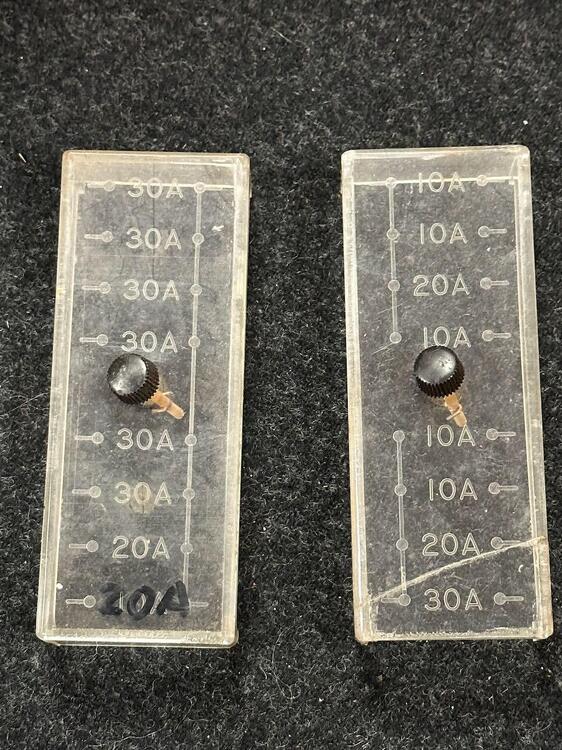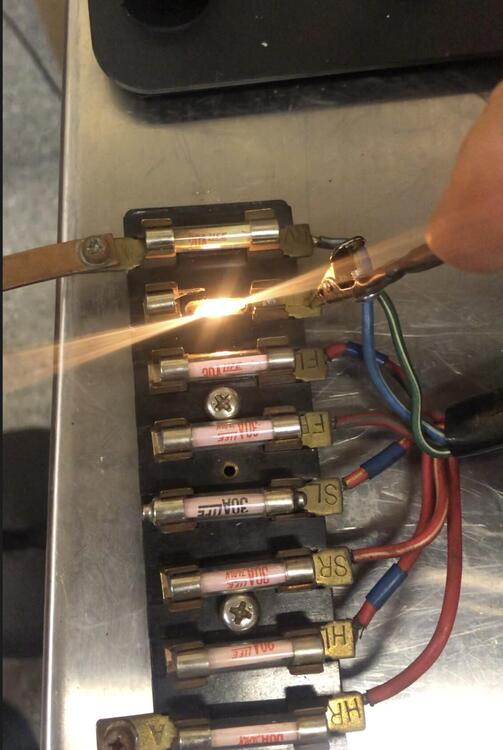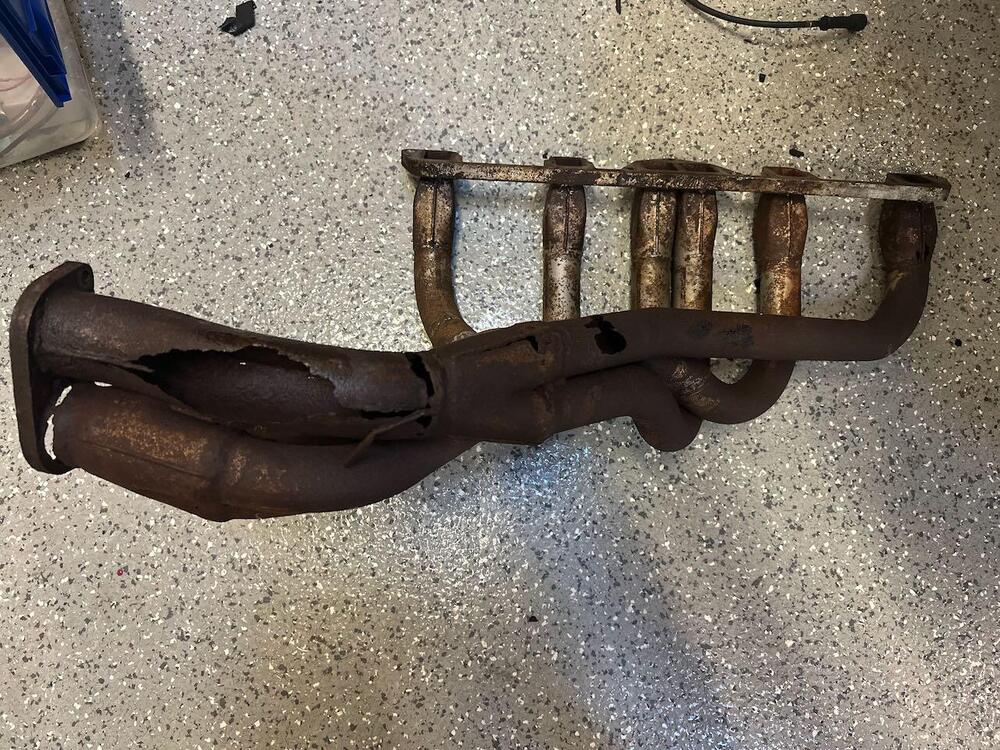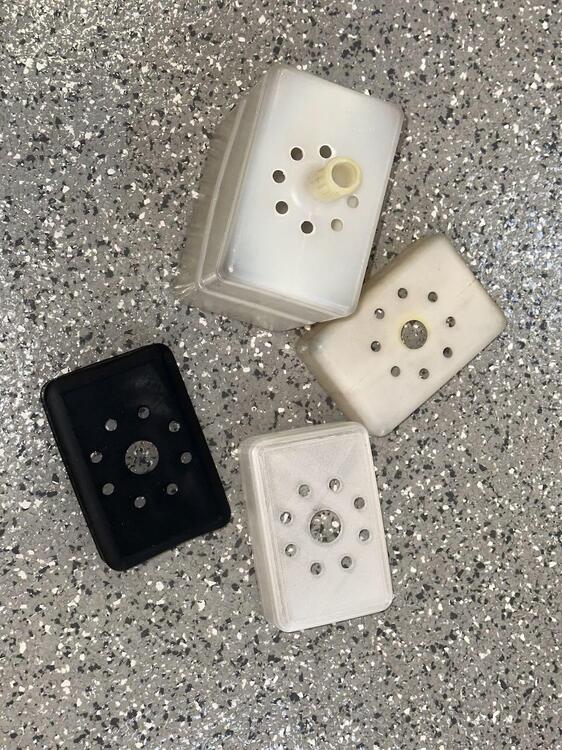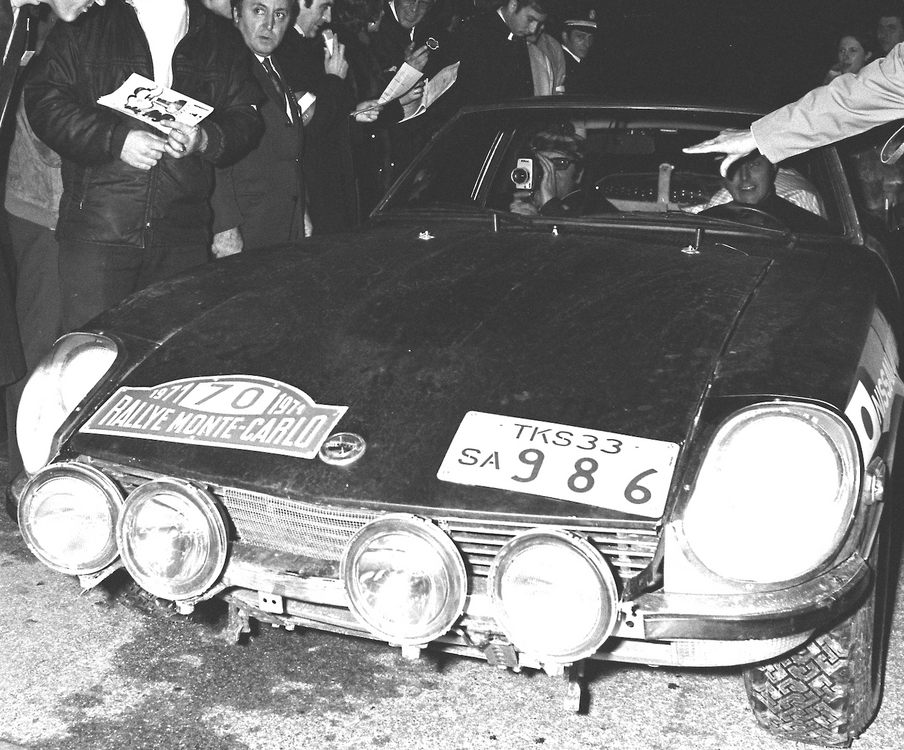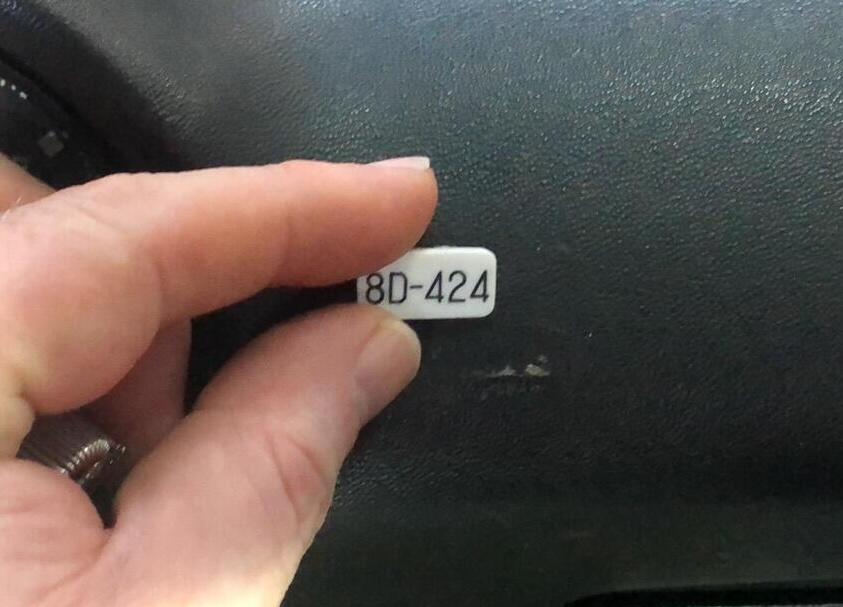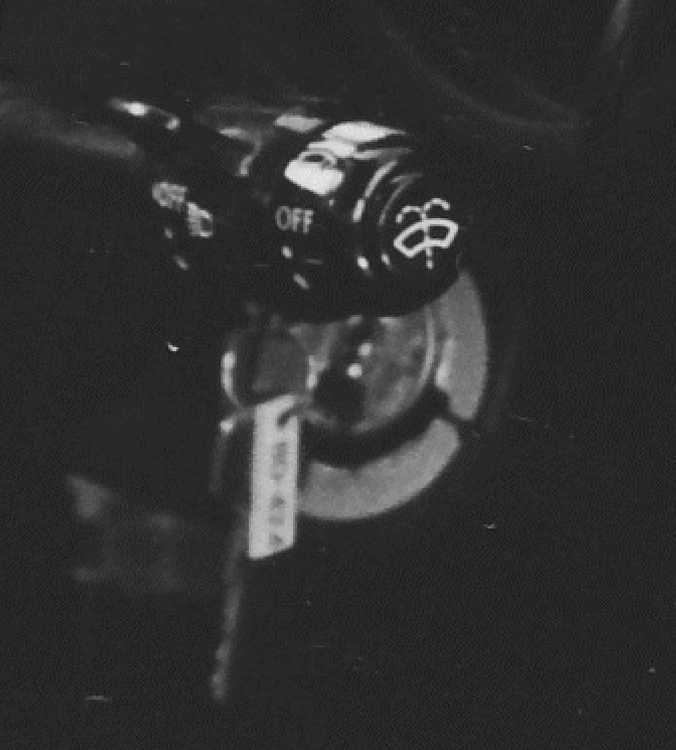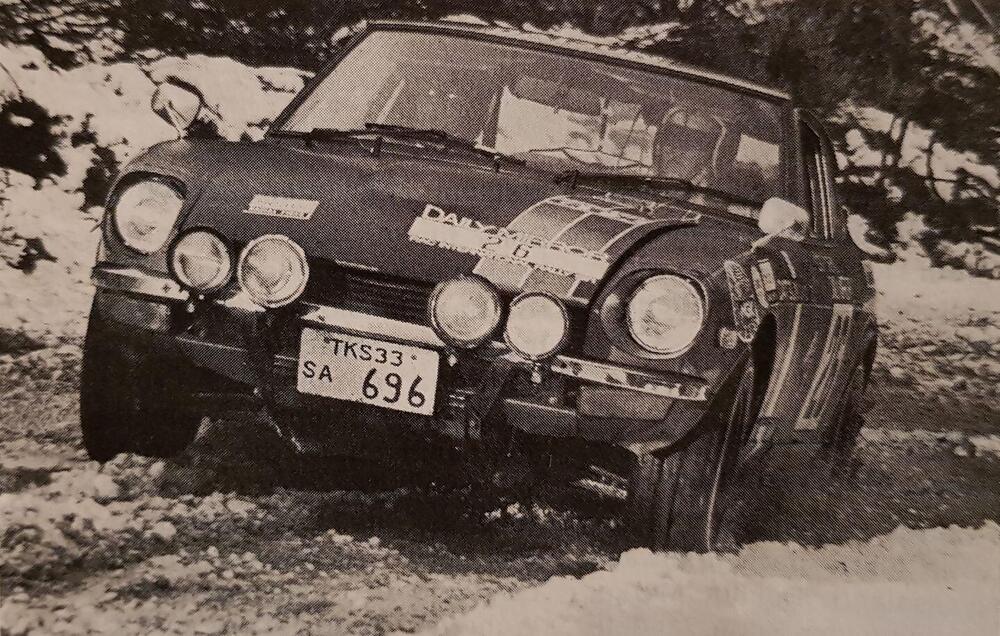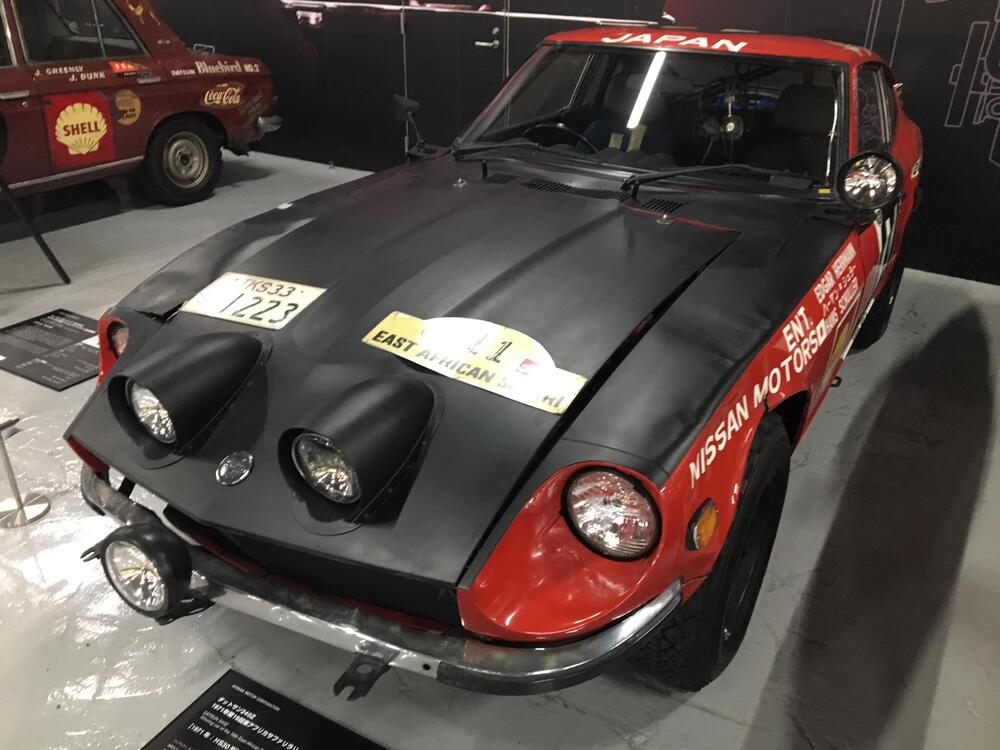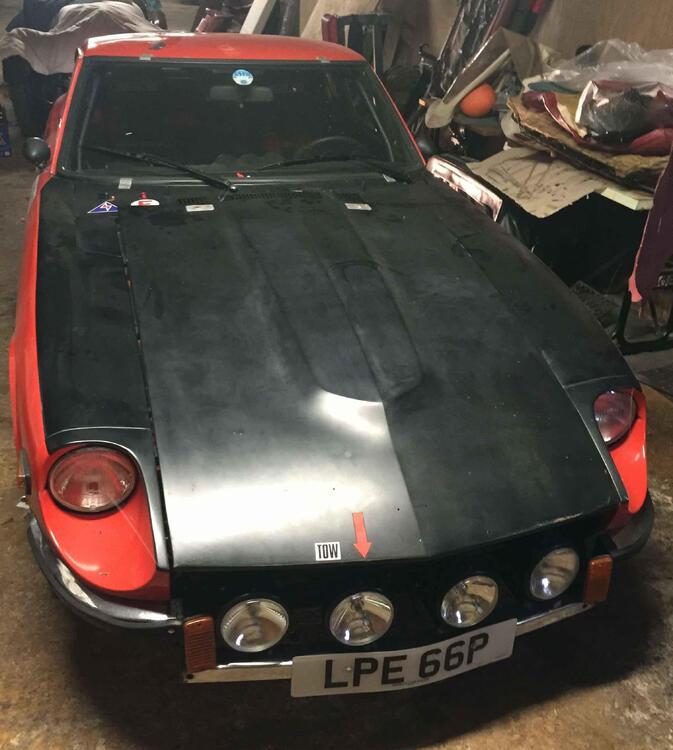Everything posted by xs10shl
-
The Development Story & Specification Of The European Spec Datsun 240Z
Those are some really nice upgrades to the base model examples. Were there "pre-package" Euro deliveries which did not have some of these package features, or were they pretty much all grey market from Australia & elsewhere? Also, which of the described features were on all of the Euro deliveries, or were things like spoilers an extra cost option?
-
1970 240Z Works Rally - the road to restoration
Things are moving quicker on the body front, so I've turned my attention to long-pull items which need to be ready in time for the shell's return. Tops on the list is the wiring harness, which I typically install first when a car is rebuilt. The harness itself thankfully needs limited work - it was in decent shape coming out of the car, although I suspect there are a few breaks I need to trace and take care of. I'm also planning on replacing all the connectors, as they tend to get corroded through exposure. I wont go into that process, as it's is fairly well understood by the community. The fuse boxes require a bit of TLC, however (picture 1). On my car, they are comprised of a pair of modified Niles 8-position boxes, possibly hand-made from a Niles FB87A box (or similar). Pigtail wires were soldered in place, terminating in a connector to the main harness. Some of these connectors show signs of maintenance over the many years. The lids are also showing signs of age (picture 2), so I'll put them on the 3D scan list as well. It's worth noting that someone took the time to scribe the lids with appropriate fuse sizes, which is likely unique to only a handful of early rally cars. On close examination of the boxes themselves, I found that each of the fuse locations had a pre-wired axial 12v bulb bridging the fuse terminals from the back (picture 3). Much like how a dead short blows a fuse, this outrageous modification really blew my mind - the Works team had considered the potential difficulty in tracing blown circuits and identifying shorts in dark foot wells in the dead of night. So they designed a novel solution: a blown fuse allows current to instead flow through the bulb, causing the specific fuse location to glow (picture 4). I can't speak to how well it worked in competition, but it probably only needed to work a single time during a race for the modification to be worth doing!
-
1970 240Z Works Rally - the road to restoration
Time flies, and it's been a while since my last update. Fear not - much has been happening in the background! The shell is nearing the point where panels are being welded back on, and I'll post an update when that process is a little further down the line. Today I'll give a preliminary update on my efforts to memorialize some unique Works pieces. I've begun the process of scanning in some unique or hard-to-find parts. in some cases, this will be the only way I'll be able to rebuild the car "as original", because the original piece is so far gone that it's unusable. Such is the case of the bespoke Works exhaust header, which is a rusted metal hulk (picture 1). Thankfully, it retains almost all of its original shape, so recreating it will hopefully be a fairly straightforward process. My plan is to have the custom pieces 3D printed out of metal (such as the expansion chambers and collectors), have the flanges cut at a metal cutter, and then use relatively standard piping to recreate a near-exact look of the piece. The whole thing is likely to be made out of stainless, which I can then ceramic coat to provide a more matte period-looking finish. Stay tuned. In other cases, I'm scanning in some parts which have limited value for anyone who doesn't happen to have a 1970 MY Works car- the pieces in this category are fairly unique to the early cars, and my interest in scanning them are primarily to teach myself about the state of parts reproduction, and be able to refer to them should something go amiss, and I lose or damage the original piece. An example of this is the side jack points (picture 2). In still other cases, there are some pieces I am scanning that are actually stock Nissan Competition parts. The oil catch (picture 3) falls into this category. Although the function of this part is easily reproduced by other modern replacement parts, creating a few samples that look original might be of interest to the larger community, as even authentic competition oil catches are quite rare and expensive. Then there are the most difficult cases, free-hand creation of parts which just don't exist in the market. A good example of this are the spotlights. These Koito housings are just not obtainable- let alone trying to obtain the four required for each car- it's to the point where I openly wonder if they were ever sold to the general public at all, or perhaps just some special-order pieces supplied by a trusted vendor. Thanks to friends we all know, I have a fairly good notion of what they look like, and I've assembled a series of parts which I think I'll be able to fashion into a reasonably correct-looking "tribute" spotlight compete with "Koito" glass lens (picture 4), but without the special protective covers, which I don't think anyone has an example of. To make these tribute lights look reasonably accurate, they will require the 3-D printing of a special front bezel, which has a unique flat-face design, to replace the more conventional rounded bezels more typically seen on spotlights of the day.
-
Z's on BAT and other places collection
From an SNL comedy skit, covering the birth of our nation. Washington rallies the troops by highlighting our freedom to choose our own systems of weights and measures-- Washington: "We are free men, and we shall be free to measure liquids in liters and milliliters. But not all liquids - only soda, wine and alcohol." Soldier: "Only those, sir?" Washington: "Yes. Because for milk and paint, we will use gallons, pints, and quarts, God willing!" Soldier: "And how many liters are in a gallon, sir?" Washington: " . . . Nobody knows."
-
Z's on BAT and other places collection
Mixed emotions on this particular example. To your point, it was clearly done to a high level during a time where few (if any) 240Z's were restored to this level at all - and for that, it certainly commands the accolades it has garnered over the years. I'd guess it will match it's previous sale point +/- a few thousand. Whether or not the seller will let it go for that price point remains to be seen. The early 240Zs are special to me precisely because they have so many special first-year-only parts- parts which may appear the same to most enthusiasts, but on close inspection have their own unique characteristics. Unfortunately for this car, much of it's "early car-ness" has been replaced with s30-correct, but later MY replacement parts. So for me, much of what makes the MY1970 so collectable is no longer present here. That said, I'd say that 99% of the Z community probably wont notice or care. Even taking your post on judging guidelines into account, I could foresee a non-zero possibility where this car would show up to a concours where there was another top MY1970 car, with all it's MY1970 parts still attached, and a really knowledgeable Judge may rightly place this Franklin Mint example below it in a tie-breaker because of it. An additional $10-$15K spent on sourcing many of the correct MY bits would go a long way to alleviating that worry. Even with my own nitpicky standards, I think if I purchased this car, I'd probably leave the hood as-is, and just replace all the newer parts with as many MY1970 parts as I could source. It appears to be a fantastic example, and worth this exercise, IMHO. Such is the challenge- and potential reward- of properly restoring an early car to the highest level.
-
Z's on BAT and other places collection
it seems to me like the supply of decent cars is rising. You really cant get a decent 240z for under $20k anymore, but $25-30K will get you your choice of a really nice one. There appears to be enough good examples out there to meet demand at that price point, with the occasional true collectable eye-popper that reaches well above the average. BaT's own graph of 240Z sales shows that since 2016, most examples are entrenched in the "Under 50K" range, with occasional outliers for exceptional cars. To my eye, the trend has looked flat for several years.
-
Z's on BAT and other places collection
It appears that the Seller perhaps just didn't understand that BaT has the option to make up any difference between the final bid price and the reserve to make the seller whole, which IMHO is a completely understandable reaction on the part of any novice Seller (who probably would feel cheated, not knowing that he was going to be made whole by BaT). If I'm correct in my assessment, then this is just a simple and easily resolved issue, making BaT's slightly unfriendly public notice unwarranted-- and I personally feel, a case of needless badgering of the Seller. There is no reason to publicly threaten a seller for nonperformance if indeed it's a simple misunderstanding. [EDIT] Ok, I've re-read the thread, and it does appear that the seller was aware of what happened prior to posting "No Deal". I'd still venture to say that BaT would have been smarter to write an educational post about the mechanism of covering the spread, vs what they posted.
-
Advice on selling Mikunis
From my limited knowledge, these appear to be Type-R Mikuni bodies, which are typical later castings, AFAIK. Looks like you have some nice linkage, but everything needs to be rebuilt by the eventual purchaser, as "lightly used" is still "used" when it comes to old gas. My initial guess is you could get $600-$900 as-is for everything pictured if you put it on eBay. I'd suggest you do some snooping on eBay's "completed items" listings for historical pricing data. Hope this helps!
-
MZR
I for one am glad that a company like MZR exists, and I can appreciate the work and effort they are putting into their offerings. It's also great to know that there's enough demand out there for them to keep at it.
-
My two swiss S30Z Fairlady Restoration build thread
Great info, thx. Also of note, the original examples shown have a trunkbed plate with welded nuts in place of the provided plate, with welded studs- likely also for ease of installation. The original nut-plate solution is also how the roll bar was installed on my Works car. i can certainly understand why Mizukami went with the latter stud system, as the original welded-nut-plate solution requires 4 large holes to be drilled into the floorboard. A very subtle difference that 99.5% of enthusiasts would probably not recognize. (thatsa lotta nuts & studs talk)
-
My two swiss S30Z Fairlady Restoration build thread
That is a really nice replica comp roll bar. I have one myself, and it is very true to original, as far as I can tell. Just for the sake of discussion: I have not seen the three through-bolts on the wheel well actually appearing on original units. Of the few pictures that I have, I don't see any with this particular feature. That said, I'm confident it will improve safety and utility that way. The hardware is also a bit different from original on the kit I have - I believe the original units were fastened using JIS bolts labeled "9". I'll defer to others with better knowledge.
-
1970 240Z Works Rally - the road to restoration
The next video in the Mike Wood rallying days is available - this one from the 1971 East African Safari. Although Mike was with the Lancia team for this event, there is a great deal of fabulous 240Z footage, both pre and post race. Keen eyes will spot several well known Datsun drivers from the Works days. TKS33-SA-1223, 1224, and 1228 are all featured.
-
Datsun-240z Vs Fairlady-z432
Oddly enough, in the US, a stock Fairlady Z will trade at a considerable premium to a 240Z of similar condition.
-
1970 240Z Works Rally - the road to restoration
-
1970 240Z Works Rally - the road to restoration
I'd go so far as to say that there's nothing in the blurred text that rules out "8D-424" as an option, mostly based on what appears to my eye to be two "4"s. This is the "wishful thinking" component of my reasoning. I can only hope to retrieve a clearer photo at some point in the future.
-
1970 240Z Works Rally - the road to restoration
A little sidetrack on this dashboard number badge. It may have originally been produced by the Works team as a key tag, to help keep track of all the keys to the rally cars, but for now, I can only speculate as to it's true origin. My thought process on this badge - comprised of one part deductive reasoning, and one part wishful thinking - originates from a picture taken of the dashboard in one of the Works cars, downloaded from the Nissan Global Media site. I can't say for certain that the tag pictured is an identical style, but it does look similar to my badge I had on the dashboard covering the hole made by the pen holder (since removed, when I reinstalled the pen holder- see here for more info). Regrettably, no amount of "AI picture enhancement" - a-la Blade-Runner-style - has been able to sharpen the digits to allow me to accurately read the number. I'd probably need someone at Nissan to provide a better source picture. Irrespective of what the key tag actually reads, it would still seem to be similar enough in it's style to indicate that my badge was made in the same fashion. Any inputs as to what you all think the number on the key tag reads? (credits: Nissan Global Media) Also to add- I’ve yet to see a period photo of any Works dashboard where the Kanri number is prominently displayed. My own reasoning is that the badge was placed there by the enthusiast-owner in period, simply as a means of covering the slot for the pen holder. It made a bit of sense to further reason that he got the key tags with the keys when he bought the car, and later refashioned one for use on the dashboard.
-
Z's on BAT and other places collection
IMHO, the internet as a whole killed off most of the "Stole it from a senior citizen" stories that we all used to hear about. In that regard, I think we've got a more fair system now, where anyone can look at a glance and see what prices are for most 2nd hand things, from cars to Lego sets, and everything in between. Of course, that's led to the market swinging the other way, where unseasoned sellers think that a sale of a top car makes their rusty hulk worth the same. I'd agree it's odd how much bidders have become accustomed to purchasing something sight-unseen. In my experience, there's really no such thing as "bidding with confidence" on a car that no one has put eyes on. Otherwise, the law of 10K is in effect - regardless of stated condition, any car purchased at auction will require a minimum of $10,000 of work in order to become the car you thought you were buying off the auction block.
-
Z's on BAT and other places collection
I thought along these same lines as you when the bid came, and that it was a bit too strong. Certainly possible the reserve was a bit lower, and he might have saved a few bucks if there were truly no other bidders lurking at lower levels.
-
Z's on BAT and other places collection
IMHO, the business objective of an auction house is to get the highest price achievable for an artifact, not necessarily a "market" price. Certain marques and models sold at auction fare worse than private market pricing, others do much better. Everything about an auction is skewed in the seller's favor, not to mention the house itself. In this case, the only thing we know is that the car met reserve, so two people agreed that the car would change hands at a price. That said, we can all agree that the seller would have preferred a third interested party at the 250k+ level to help drive the price higher, but that bidder did not surface this week.
-
Z's on BAT and other places collection
IMHO $250K feels about correct for a good example when sold stateside. As I mentioned earlier, given that the predominant trading currency for a JDM car is Yen, everything is 33% off from 3 years ago, and over 50% off from when I bought my Z432 in 2008. In that light, I feel that $250K is actually a healthy result. These trade in a pretty thin market in the US, as I've come to understand. Many enthusiasts in the US certainly appreciate the PS30, but will typically tend to gravitate towards what they were familiar with as children, namely an HLS30, which is also $200K cheaper.
-
Z's on BAT and other places collection
Worth saying that exchange rates also play a large role in generating sale headlines. 43MM yen for a KPGC110 in 2020 was worth $432,000 then, but it pencils out to a (slightly) more reasonable $292,000 as of today - a 33% discount for those paying with greenbacks.
-
Z's on BAT and other places collection
Just to add to the conversation, Z432's are not well known outside of Japan. There's a pretty comprehensive thread run by @kats on this site that discusses all the differences between the Z432 and the standard S30 models. The few that have sold in USA have historically traded in the $125k range, with more recent sales pushing into the $250K mark. Jason Cammisa did a piece which featured the Z432 - search "Hagerty Z432" on youtube for more info.
-
Z's on BAT and other places collection
I didn't notice that until you posted it. Perhaps an aspiring owner had started to collect the pieces needed for a "factory-style" S30 A/C conversion. This panel with original stickers and the control hardware behind it are difficult to source - the seller should have considered peeling all that out and saving it for another car. Too late now.
-
1970 240Z Works Rally - the road to restoration
And now, on to something truly specific: Nissan Works Rally lights! This particular topic is sure to be filed by many readers in the "Not really sure why anyone would care, its just a couple of extra lights" category. And yet, I'd venture to say that being able to see where you're going at high speed thru mud, sleet, snow, dirt, and dense forest - in the dark - ranks high up on my list of Rally "must-have" abilities. Like several previous topics, this one has so many surprising details attached to it, that I'll have to break things up into several posts. In addition, this is also one of those areas where advancement was ongoing throughout S30 development, and probably well into the Nissan rallying heyday of the late 70s. I'll be going over the lighting details of my car in my following posts. Prior to that, I thought I'd do my best to introduce the topic with a primer on what I've seen as a "typical" setup. Much of what I'm summarizing here is a generalization based on pictures I've seen, and I'm probably missing a bunch of significant details, which I hope to be able to fill in as I learn more. The basics: All the S30 Works cars that I've seen have the following typical setup; 1) a pair of main headlights mounted in a custom bucket, which facilitated the ability to change the bulb from the front of the car. Monte Carlo spec cars also incorporated standard headlight covers, and a small tube opening connected to an air hose, which ran all the way back to the heater box inside the cabin. I've also seen pictures of very early 1970 Works Cars which also had headlight covers. 2) up to 4 front-facing fog lights, typically in 1 of 3 configurations. Early cars had their fog lights mounted on special brackets which were welded to and extended beyond the front bumper. Later cars had special competition bumpers which allowed the lights to sit flush with the nose. Safari cars had what most enthusiasts would probably list as the "iconic" look - 2 lights on the hood, and one central light, mounted proud of the bumper. There were actually mounting brackets for up to 3 fog lights on the Safari bumper, but I can't say if the wiring harness was actually designed to have all three lights (for a total of 5) installed simultaneously. 3) an additional reverse spotlight. In order to support this many amps, some changes from stock were necessary: 1) A larger alternator, which we've already discussed 2) A way to switch combinations of lights on and off, allowing for multiple setups and configurations, usually in the form of a row of toggles on the central console. 3) A modified wiring harness to accommodate all these possible configurations. In my car, this also included a custom relay. I'd imagine that as the cars were developed, the use of custom relays probably multiplied. In addition, on many cars there is also a dial switch on the central console which, when turned on, introduces something into the lighting circuit via a box on the front of the car. Alan and I have had several discussions about how this switch may actually affect the lighting output, but I'm really still not sure I fully understand how it exactly works, and what it's effect on lighting output is supposed to be, if that is at all what it's for. I previewed this mystery box in an earlier post Here if you want to read more about it. I'll probably also have more to say about it later.
-
baja suspension off road
I've referenced the modern tires that I could find for offroad rally use on the link below. Hope this is of some help. There are very few options out there, from what I've been able to find.




